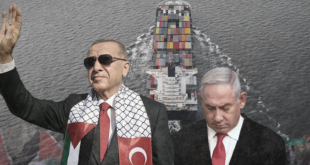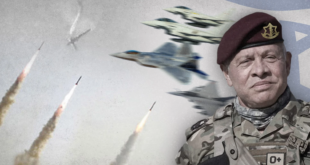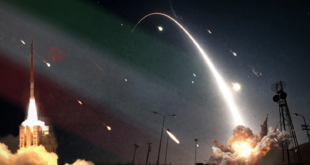
Whether the United States pulls forces from the Middle East to counter China may well depend on the success of Biden’s diplomacy with Iran
Defense Secretary Lloyd Austin is keeping a close eye on the US military’s presence in the Middle East as new Pentagon leadership prepares to review the distribution of American forces across the globe.
“It’s about making sure that we have a robust enough deterrent capability in the Middle East,” Pentagon press secretary John Kirby told reporters on Friday.
“On a day-to-day basis, it’s very much on his mind to make sure that we have both the fixed and the rotational capabilities in the region to deal with the threats that are posed by Iran,” Kirby said.
The US currently has some 2,500 troops in Iraq, roughly 900 in Syria and an additional 2,500 in Afghanistan, according to the Pentagon. Thousands of additional American troops are based in Qatar, Bahrain, Kuwait and more recently Saudi Arabia, while units continue to deploy to nearly every country in the region for partnered training.
Kirby added that Austin is “comfortable” with the current US military presence in the Middle East and that the defense secretary is in “constant communication” on the matter with the head of all US forces in the region, Gen. Kenneth “Frank” McKenzie.
Austin, who previously led Central Command during the Obama administration, has ordered a sweeping review of the distribution of US forces around the world. The Pentagon predicts it will be completed by this summer.
The assessment comes as President Joe Biden has ordered the Defense Department to review America’s national strategy toward the expected rise of China, both economically and militarily.
Previous Defense Secretary Mark Esper also initiated an assessment of US force posture during his time in office before being fired by former President Donald Trump in November.
That evaluation led top generals with responsibility in regions outside of Asia to vouch publicly for the strategic importance of their own commands, at times highlighting Russian and Chinese investments and military sales to governments in Latin America, Africa and the Middle East.
CENTCOM, which spans the Middle East and now includes Israel, has been comparatively flush with resources in large part due to Washington’s two-decade focus on the wars in Iraq and Afghanistan.
Yet as the United States increasingly looks to bolster states in East Asia against China’s assertive posturing, the investment required to maintain military forces in the Middle East has increasingly fallen into question.
In recent years, internal disputes between former President Donald Trump and his top advisers over the military’s presence in the region occasionally spilled over onto the public stage. Trump frequently said he wanted to end America’s “endless wars” abroad — a phrase also deployed by press secretary Kirby on Friday, although the current president has shown no sign of intent to suddenly yank troops from foreign fields as Trump did.
American forces in Iraq and Syria, although nominally there under the authority of the multinational mission to crush the Islamic State, continue to provide the United States with some leverage against Iran’s expanded activities and influence in the region.
In recent months, Gen. McKenzie has choreographed a renewed US-led show of force in the Gulf region amid tensions with Iran and the fraught presidential transition at home. The general has credited such displays with deterring further overt attacks by Iran, thus “allow[ing] the diplomats to do their work,” he said last week. His comments came as the Biden administration looks to rejoin the 2015 nuclear deal with the Islamic Republic.
“We want to see Iran meet its commitments under the JCPOA,” Kirby said Friday. “As the secretary has said, no problem in the Middle East is easier solved with a nuclear-armed Iran.”
Elsewhere in world, the White House appears less certain about committing troops, at least so far.
Biden administration officials have deliberated in recent weeks over whether or not to relocate US Special Operations troops in Somalia, where they have helped the central government in Mogadishu to expand its influence by hunting down members of al-Qaeda’s local franchise, al-Shabaab.
Just days before Biden took office, the military announced US troops had finished withdrawing from Somalia. The “repositioning” followed a last-minute order from Trump, though observers warned that releasing pressure on al-Shabaab could scarcely come at a riskier time for the fledgling East African democracy. Meanwhile, US-led operations in Somalia have continued from bases in nearby Kenya and Djibouti.
So far, the Biden administration has taken no decision on troop levels in Afghanistan, where CENTCOM says the Islamic State’s local branch is once again on the rise.
 Eurasia Press & News
Eurasia Press & News



